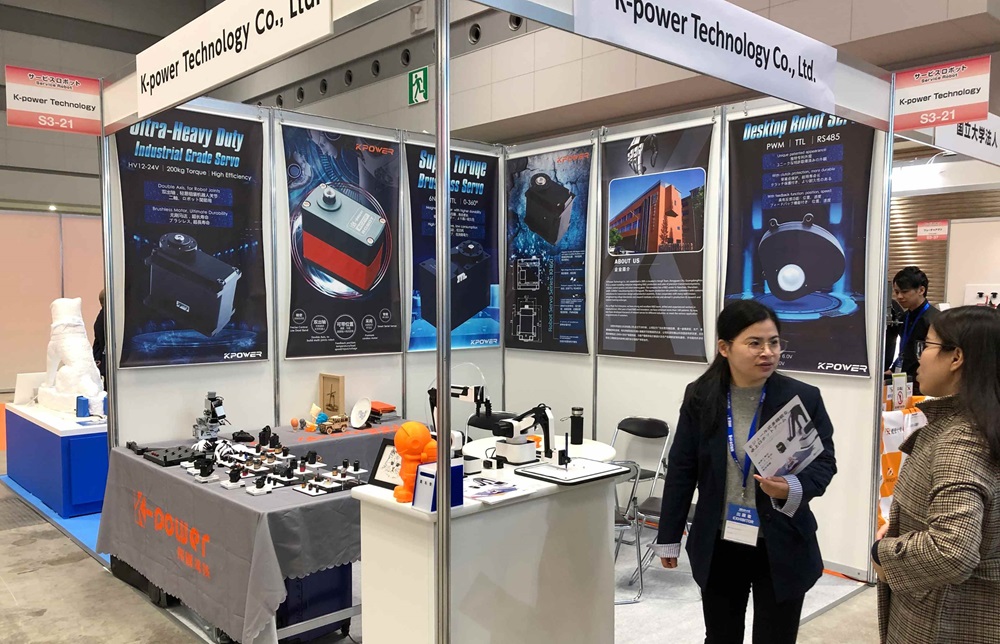Imagine building an app that’s a giant Lego tower, but instead of discreet blocks, it’s got layers of tightly glued bricks. Now, what if you wanted to upgrade just one part of that tower? You’d have to take down a chunk of your creation to get to that tiny piece, right? That’s kind of how monolithic architectures work. All functions—login, checkout, user profiles—are mashed together into one bulk. Change anything, and you may end up shaking the whole structure.

On the flip side, there’s microservices. Think of it like having a bunch of tiny, independent Lego sets that connect only when needed. Each piece has its own purpose, can be upgraded without touching the others, and can grow or shrink on demand. Basically, microservices break down big monoliths into manageable chunks. They’re like having a neighborhood of small shops instead of one giant mall—each operation can run independently, swiftly, and with less risk of disturbing the entire system.
You might be wondering, what’s more practical? Well, it depends on what you’re aiming for. If your project is straightforward and won’t change much, a monolith can be faster to get off the ground. But as things grow, you start hitting walls—slow deployment, difficulty scaling, or firefighting when bugs pop up. Businesses aiming for agility and rapid updates often lean toward microservices. They facilitate continuous deployment, making updates seamless and less disruptive.
Picture your team rolling out new features—does that sound like pushing a giant boulder uphill? Or better yet, like adding a new cottage in a wide-open neighborhood? Microservices let you add, remove, or upgrade individual parts without messing with the whole house. This flexibility cuts downtime and boosts innovation speed.
Plus, let’s not forget failures. If one microservice goes down, it’s not the end of the world—others keep humming along. That’s a huge plus over monolithic systems that can face total shutdowns when a single component fails.
But hey, there’s no free lunch. Microservices bring complexity—more moving parts, more coordination, and sometimes, the overhead of managing multiple deployments. It’s like juggling several balls instead of one. Still, if you’re the kind of team that appreciates nimbleness and resilience, microservices are a game-changer.
If you’re trying to figure out which architecture fits, ask yourself: how fast do you want your system to adapt? How big is your team’s appetite for managing complexity? And what’s your growth plan? It’s not about boring labels. It’s about making things work smoothly, scaling up or down, and keeping users happy.
That’s where KPOWER shines—helping you navigate this complex terrain. Whether you’re leaning toward monolithic simplicity or microservices agility, understanding your needs makes all the difference. Sometimes, a hybrid approach works best, mixing the stability of one with the flexibility of the other. Whatever route you take, remember: architecture not only shapes your system but also your future innovations.
Established in 2005, Kpower has been dedicated to a professional compact motion unit manufacturer, headquartered in Dongguan, Guangdong Province, China. Leveraging innovations in modular drive technology, Kpower integrates high-performance motors, precision reducers, and multi-protocol control systems to provide efficient and customized smart drive system solutions. Kpower has delivered professional drive system solutions to over 500 enterprise clients globally with products covering various fields such as Smart Home Systems, Automatic Electronics, Robotics, Precision Agriculture, Drones, and Industrial Automation.




































